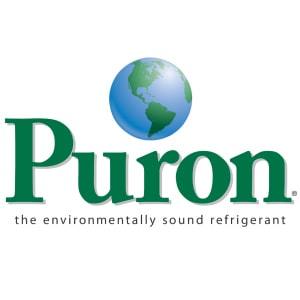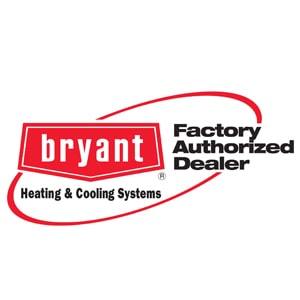How Absorption Refrigeration Works
Most refrigerators perform their cooling with the use of a mechanical compressor, much like an air-conditioning unit. However, there was another method of refrigeration that saw much use before compressors became more popular. This was known as absorption refrigeration.
Today, absorption refrigeration is mostly used in the refrigerators installed in RVs. They function very well in this setting, because they have no moving parts that can be damaged by driving on bumpy roads, and they are completely sealed units.
The Basics of Absorption
Absorption refrigeration units use heat to make cold through a process that is somewhat difficult to understand. However, understanding how the unit works can give owners a greater appreciation for and more knowledge about maintaining the device.
Absorption refrigeration units are have four main parts – the boiler, condenser, evaporators, and absorber. Inside the boiler, water and liquid ammonia are boiled by heat from an electrical coil or gas flame; the water separates from the ammonia and returns to the boiler while the ammonia travels up through the pipes to the condenser, where it becomes liquid again. After condensing into a liquid, hydrogen vapor is added to the ammonia in the low temperature evaporator, which is located in the freezer section of the refrigerator.
At this point, heat from the freezer is absorbed by the liquid ammonia and hydrogen gas mixture in the pipes, then passed on to the exterior of the fridge. From the low temperature evaporator in the freezer, the ammonia and hydrogen travel through more pipes to the high-temperature evaporator, which cools the fridge section of the refrigerator, but not as much as the freezer.
Once the ammonia has passed through both evaporators, it enters the absorber. In the absorber coils, it is separated from the gaseous hydrogen – which rises back into the evaporators – and mixed with water before returning to the boiler.
Leveling Absorption Refrigerators
While absorption refrigerators are generally very low maintenance, due to their lack of moving parts and sealed unit, owners do need to be aware of some things.
An absorption refrigeration system depends upon gravity for much of its function, and if the refrigerator is not level, the pace at which ammonia travels through the evaporators slows. This causes the boiler to overheat. Continuing to operate the unit while it is overheating causes sodium chromate particles to crystallize and the crystals will block sections of pipes.
Once an absorption refrigeration unit has become blocked, it is useless. There is no way to repair the unit without damaging it beyond repair. Therefore, a blocked unit must be replaced. Luckily, this can easily be avoided by ensuring your RV is properly level when parked.
Maintaining Absorption Refrigerators
While most problems with an absorption refrigerator can be avoided simply by keeping it level, there are a few annual maintenance tasks that can be performed to ensure the unit continues to function at peak efficiency. These include:
- Disassembling, cleaning, and reassembling the gas burner.
- Removing carbon deposits from the flue and flue baffle.
- Cleaning the ignitor assembly.
- Vacuuming and cleaning all exposed elements of the cooling unit and inspecting the condenser fins for blockages or damage.
- Ensuring proper polarity and voltage at the refrigerator receptacle.
- Cleaning circuit board contacts.
- Adjusting the LP regulator and checking it for leaks.
An absorption refrigerator is an important part of any RV experience, but it is thankfully easy to maintain. Any problems with such a unit can usually be addressed to any RV service facility. If you’re in the Cincinnati area and have any questions about this type of refrigeration or any heating or cooling-related issue, get in touch with experts at Hader Heating and Cooling.







